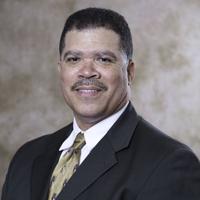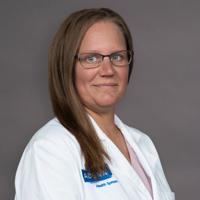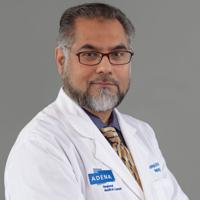Our Providers
View All
Michael Jones, DO

Misty Myers, CNP

Siyun Li, MD

When a stroke occurs, every second counts.
Every 40 seconds, someone in the United States suffers a stroke. It only takes 12 minutes for a pea-size portion of the brain to die during a stroke. The longer a stroke goes untreated, the greater the risk for permanent disability and death. But, the good news is that more than 80 percent of strokes are preventable. Understanding the causes and warning signs of a stroke could save a life.
If you or a loved one ever suffer a stroke, seconds count when it comes to receiving care. That’s why Adena Regional Medical Center is here when you need us. We have four locations that can treat strokes quickly with the highest quality care possible. Good stroke care can save your life, but exceptional stroke care from Adena’s team of experts can give you the best chance at a full life of health and wellness.
Adena has been a Primary Stroke Center since 2014. We have an established protocol that provides best results for patients to greatly reduce chances of disability. Primary Stroke Centers set high standards, and hospitals like Adena must demonstrate compliance with stroke-related standards and meet additional requirements, including:
Adena also uses the American Stroke Association’s Get With The Guidelines to help the stroke team monitor its response time and continue to improve. Hospitals are expected to meet the goals in the guidelines at least 85 percent of the time, and Adena consistently far exceeds that target to make sure our patients receive the lifesaving care they need as soon as possible.
A stroke is essentially a brain attack that occurs when blood flow to an area of brain is cut off and causes lack of oxygen to brain tissue. When brain cells do not get oxygen, they die, it’s important to get treatment as soon as possible. A delay in treatment increases the risk of permanent brain damage or even death. There are two types of strokes:
Strokes can be one of the most devastating emergency conditions that can strike. But they don’t have to be. Recognizing the symptoms of a stroke, and getting care quickly gives you the best possibility of restoring full health. Symptoms include:
Strokes can happen suddenly, anytime and anywhere. If you think you or someone else may be having a stroke, remember to BE FAST:
B - Balance
Is the person suddenly having trouble with balance or coordination?
E - Eyes
Is the person experiencing suddenly blurred or double vision or a sudden loss of vision in one or both eyes?
F - Face Drooping
Does one side of the face droop or is it numb? Ask the person to smile.
A- Arm Weakness
Is one arm weak or numb? Ask the person to raise both arms. Does one arm drift downward?
S - Speech Difficulty
Is speech slurred, are they unable to speak, or are they hard to understand? Ask the person to repeat a simple sentence like, “The sky is blue.” Is the sentence repeated correctly?
T - Time to call 911
If the person shows any of these symptoms, even if the symptoms go away, call 911 and get them to the hospital immediately.



